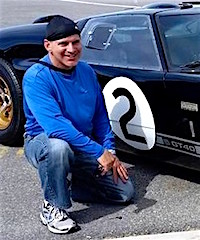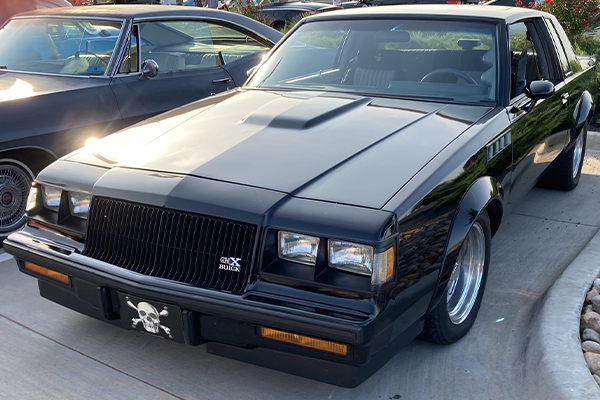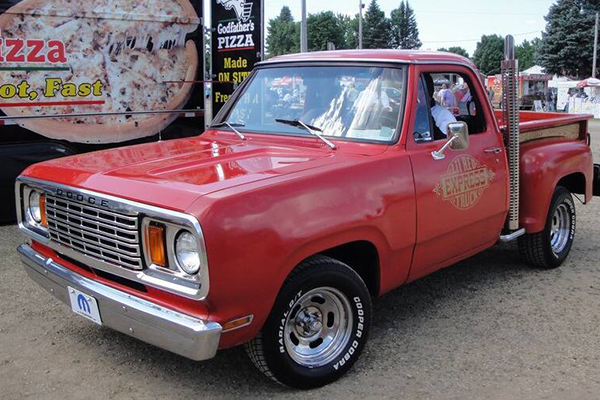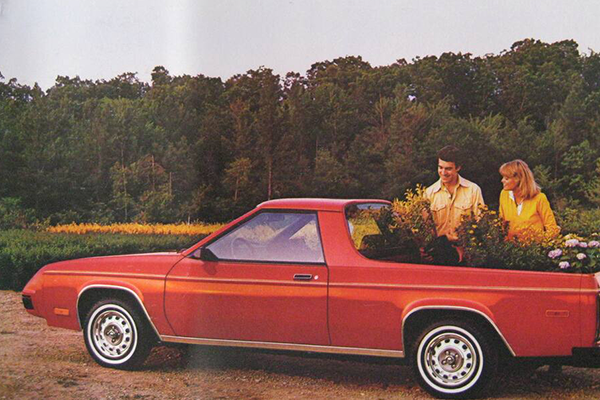
Back when the Chevrolet Camaro debuted, the Beatles were making albums, color TV was a new novelty and the Vietnam war was escalating. Chevy's sleek new number, an answer to Ford's super successful Mustang launched a few years prior, came onto the groovy scene to get its slice of the "pony car" pie. In the nearly half century since, the Camaro has stayed true to its roots by providing enthusiasts with an abundance of styling and performance at an affordable price.

1967 Camaro, Source | GM
Right back at you, Ford
Ford's Mustang, launched in the spring of 1964, was an immediate smash success. It introduced a new automotive segment that became known as the pony car—an affordable, relatively compact sporty coupe with long hood and short rear deck proportions. Loosely based on Chevrolet's compact Nova, the Camaro was introduced for 1967. And so began a rivalry that continues to this day, one as fierce as the Yankees versus the Red Sox, or Coke versus Pepsi.
Available in both coupe and convertible body styles, the Camaro could be had with a wide array of powertrains. One could have anything from a 230 cubic-inch, 140-horsepower straight six on up to a storming 396 cube V8 cranking out 375 hp. Transmissions consisted of two- and three-speed automatics as well as three- and four-speed manuals.
The trim levels similarly ran the gamut and included the base Camaro, the fancy RS (Rally Sport) with its hidden headlights and added interior/exterior garnishment, the muscular SS that could be had in either SS350 or SS396 guise, and then there was the Z/28. Getting its name from the actual option code, the Z/28 was a street-legal road race machine sporting a firmer suspension and a high-output 302 cube V8 matched exclusively to a four-speed stick. Seriously underrated at 290 hp, the high-revving 302 made more like 350-375 horses. The Z/28 was a rare sight for that first year, as only 602 were built.
The next year saw minimal changes. Visually, the easiest way to tell a '68 from a '67 is the lack of the triangular vent windows which gave a slightly sleeker look to the '68. The 1969 Camaro is for many enthusiasts the one to have. Although essentially the same as its other first-generation brothers under the skin, the '69's more aggressive styling boasted flared character lines that came off the front and rear wheel wells, giving an impression of speed and power that the upper versions could easily back up.
Throughout this first generation there were also several rare, ultra high performance versions. Specially ordered through the COPO (Central Office Production Order) program via dealers such as Yenko and Berger, these Camaros had beefy 427 V8s rated at a conservative 425 horsepower. The top dog was the Camaro ZL1, of which just 69 were built for 1969. A ZL1 also featured a 427 V8, but in this case it was of exotic all-aluminum construction, yielding a big block brute that barely weighed any more than a 327 V8.
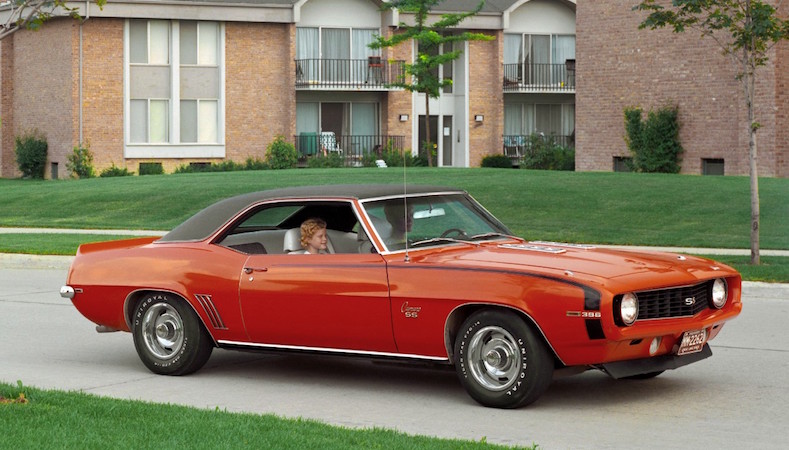
1970 Camaro SS, Source | GM
Following a tough act
The second-generation Camaro debuted as a 1970 ½ model. Taking the long hood/short deck aesthetic to a new level, Chevy definitely had the looks nailed. Initially available in base, RS, SS and Z/28 versions, this Camaro could be packed with power, as the Z/28 came with a high-output 350 rated at 360 hp, while the top SS 396 (actually now displacing 402 cubes) again made 375.
Sadly, as with all other car makers, Chevrolet's engine output started to slide as the mid-'70s hit due to tightening emissions standards. Indeed, the SS was dropped from the lineup after '72 while the Z/28 went on hiatus for '75 and '76 seemingly out of shame, to return in mid-'77 with just 170 hp from its 350 V8.
Still, these cars provided some driving fun by way of their quick, relatively agile handling and rumbling exhausts. Thankfully, engine output started to creep up as the 1980s hit, with the '80 Z28 making 190 hp. Styling got increasingly flashy, culminating in the '80 (and '81) Z28 which seemed inspired by its Pontiac Trans Am cousin, what with bigger graphics, an Air Induction hood scoop, functional fender vents and wheel flares.

1993 Camaro Z28, Source | GM
Less weight, more power
The third generation of the Camaro spanned 1982 through 1992. Through these years, one could choose a base Camaro, a luxury-themed Berlinetta (later the LT) or the performance-oriented Z28 and later, IROC-Z. Downsized, this Camaro was also up to 500 pounds lighter than the one before, and also heralded the debut of fuel injection and a four-speed automatic transmission.
Now that technology and engineering savvy allowed engines to efficiently meet emissions standards, output climbed through the decade. The 1982 Camaro's power lineup started with an anemic, 90-hp four-cylinder engine, moved up through a 2.8-liter, 112-hp V6 and topped out with a 5.0-liter (305 cubic-inch) V8, rated at 145 hp, or with available Cross-fire fuel injection, 165 hp. Midway through 1983, a 190 hp "High Output" 5.0 liter became available, while two years later a 5.0-liter with Tuned Port Injection debuted, making 215 hp. Named for the International Race of Champions (which used identically-prepped Camaros), the Camaro IROC-Z also debuted for 1985 sporting huge for the time 16-inch wheels, a track-tuned suspension and, unlike the Z28, a monotone paint scheme along with tasteful "IROC-Z" bodyside graphics.
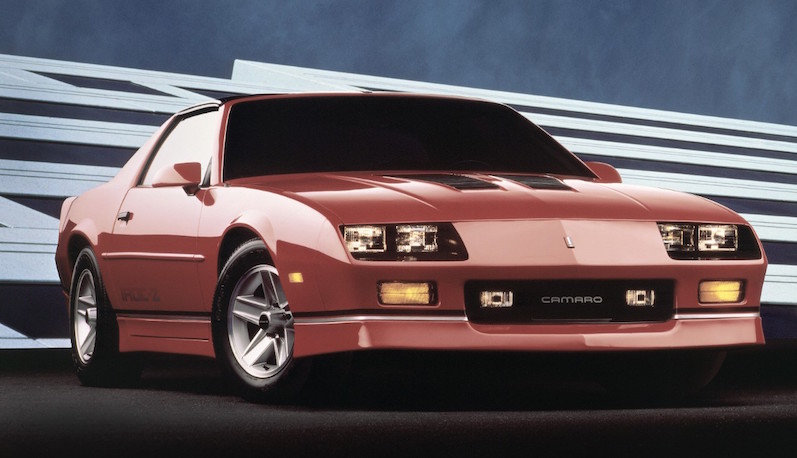
1988 Camaro IROC Z, Source | GM
Literally big news came around for 1987, when a 5.7-liter (350 for you old-schoolers) V8 once again became available in a Camaro, now with tuned port injection and 225 horses. Sadly, it could only be hooked up to the automatic gearbox, but by now the 5.0 TPI engine could be had with a five-speed manual, the latter being the enthusiasts' choice. The next year, the Z28 was dropped, essentially being replaced by the IROC-Z due to the latter's massive popularity.
Other than the V6 growing from 2.8- to 3.1 liters (now at a respectable 140 hp) and the debut of a driver side airbag, not much changed until 1991, when the IROC-Z was dropped due to Dodge getting the race contract. And so, the Z28 returned once again to the lineup, now with an IROC-Z-like monochrome body treatment, color-keyed alloy wheels and taller rear deck spoiler. The 5.7-liter TPI engine now thumped out a stout 245 horsepower. Although 1992 marked the 25th anniversary of the Camaro, celebration was limited to a badge on the dash and the availability of a commemorative package consisting chiefly of dual hood/deck stripes.
Read Part Two of this installment, where we'll cover the fourth-, fifth- and sixth-generation Camaros.
Did you own a Camaro? Share your experience in the comments.
Check out Camaro Forums and Camaro Source for advice, classifieds for cars, and parts for sale. If you're looking to maintain an original Camaro or modify one from the power-starved era into a true muscle machine, we can help you get the parts you need.
